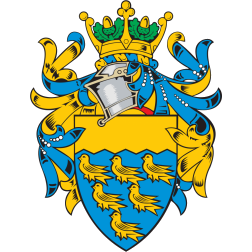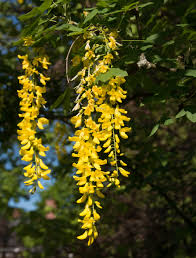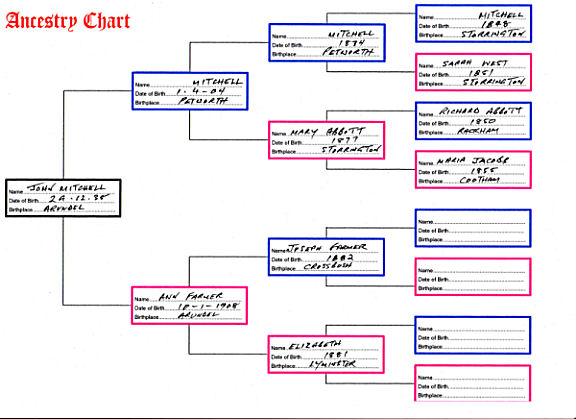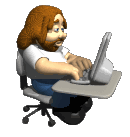
Family History Group


Research
Before
starting to research your family, apart from a computer with an
internet connection, it is
adviseable to have a small pocketsized notebook and some blank family
tree charts.
Most of your searching will be done on the internet using one of the many family history sites. Record the results of your research in the notebook. The records will probably come from a number of sources and some may eventually turn out not to be your ancestors.
As you confirm each family member enter their details on the chart. The first one you will complete fairly quickly as it will record the details of people you probably knew well. However, you might know your parent's vital statistics but do you know your grandparents? (Name,DoB and PoB) This is where you might have to consult with other family members.
The main online records you will search will be Birth, Marriage and Death indexes and the ten yearly census returns, The BMD records have been fully transcribed by FreeBMD up until about 1960 and from then on it is still work in progress.
The most recent census available to the public is 1911, preceded every 10 years back to 1841.
There are a number of sites which allow you to search their census data bases freely but they only provide a transcribed view of the result. Occcasionally you will need to see a facsimile of the original return which will give you very much more information about how your ancestors lived.
If the BMD indexes do not give enough information you can purchase the full certificate. This is available from the General Register Office for £11. Birth and Death certificates can be downloaded to your computer after 4 days from order in pdf format. Details can be found at the GRO link on the Link page.
The Index versus Certificate page tells you more about the details recorded on each.
There are three quite distinct periods of time in which research is carried out and to which a different methodology must be used.
The first is from 1911 to present day where the primary source of data will be from family knowledge and birth, marriage and death records.
The second period is from 1837 to 1911 where the primary source of information will be from the ten yearly censuses and the birth, marriage and death records.
The last period is the time prior to 1837. Most family history information will have been recorded in the parish register. Prior to the introduction of civil registration in 1837, baptisms, marriages and burials were required to be entered in the local church's parish register. These entries were later transcribed for the church hierarchy and are known as bishop's transcripts, archbishop's transcripts or maybe archdeacon's transcripts.
Some of these are available on line, FreeReg have been transcribing these for their database for some years so it is worth looking there first but it is far from complete. Family Search have incorporated their old IGI records into their new database but again it is nowhere near complete. Various county FH societies have their transcriptions available on CD for you to purchase.
Family Search offer a film service where you can hire a microfiche copy of your particular parish transcripts and view it at your local Church of Latter Day Saints church and do the search yourself. Click here for a link to this service. If you do use this service it's as well to take a magnifying glass, pencil and paper and be prepared to make more than one visit, you will be viewing ancient handwriting which may have faded and deteriorated over the years. As you wind through the film you should write down anything that looks promising and make your decisions later.
Finally, remember that you are probably not the only person who is tracing a particular ancestor and that there are a number of forums where you can post you interests not to mention the family tree service which most family history sites now offer. But be careful, you could suddenly find that someone else has done the whole search for you robbing you of a delightful hobby.
Most of your searching will be done on the internet using one of the many family history sites. Record the results of your research in the notebook. The records will probably come from a number of sources and some may eventually turn out not to be your ancestors.
You
will almost
certainly find a number of possible candidates for an ancestor, keep
them in the notebook until you can confirm the correct one. Although
each person has only one name, one date of birth and one place of birth
the scribes who entered their details in the old record sheets were not
always clear or accurate. Also, the ancestor may be using a second
name or may have been born in a parish very remote from the
registration district.
As you confirm each family member enter their details on the chart. The first one you will complete fairly quickly as it will record the details of people you probably knew well. However, you might know your parent's vital statistics but do you know your grandparents? (Name,DoB and PoB) This is where you might have to consult with other family members.
The main online records you will search will be Birth, Marriage and Death indexes and the ten yearly census returns, The BMD records have been fully transcribed by FreeBMD up until about 1960 and from then on it is still work in progress.
The most recent census available to the public is 1911, preceded every 10 years back to 1841.
There are a number of sites which allow you to search their census data bases freely but they only provide a transcribed view of the result. Occcasionally you will need to see a facsimile of the original return which will give you very much more information about how your ancestors lived.
If the BMD indexes do not give enough information you can purchase the full certificate. This is available from the General Register Office for £11. Birth and Death certificates can be downloaded to your computer after 4 days from order in pdf format. Details can be found at the GRO link on the Link page.
The Index versus Certificate page tells you more about the details recorded on each.
There are three quite distinct periods of time in which research is carried out and to which a different methodology must be used.
The first is from 1911 to present day where the primary source of data will be from family knowledge and birth, marriage and death records.
The second period is from 1837 to 1911 where the primary source of information will be from the ten yearly censuses and the birth, marriage and death records.
The last period is the time prior to 1837. Most family history information will have been recorded in the parish register. Prior to the introduction of civil registration in 1837, baptisms, marriages and burials were required to be entered in the local church's parish register. These entries were later transcribed for the church hierarchy and are known as bishop's transcripts, archbishop's transcripts or maybe archdeacon's transcripts.
Some of these are available on line, FreeReg have been transcribing these for their database for some years so it is worth looking there first but it is far from complete. Family Search have incorporated their old IGI records into their new database but again it is nowhere near complete. Various county FH societies have their transcriptions available on CD for you to purchase.
Family Search offer a film service where you can hire a microfiche copy of your particular parish transcripts and view it at your local Church of Latter Day Saints church and do the search yourself. Click here for a link to this service. If you do use this service it's as well to take a magnifying glass, pencil and paper and be prepared to make more than one visit, you will be viewing ancient handwriting which may have faded and deteriorated over the years. As you wind through the film you should write down anything that looks promising and make your decisions later.
Finally, remember that you are probably not the only person who is tracing a particular ancestor and that there are a number of forums where you can post you interests not to mention the family tree service which most family history sites now offer. But be careful, you could suddenly find that someone else has done the whole search for you robbing you of a delightful hobby.

Stay
focussed, be patient
and remain calm
and remain calm

Don't
get flustered if you can't find your ancestor

Put
it down Percy